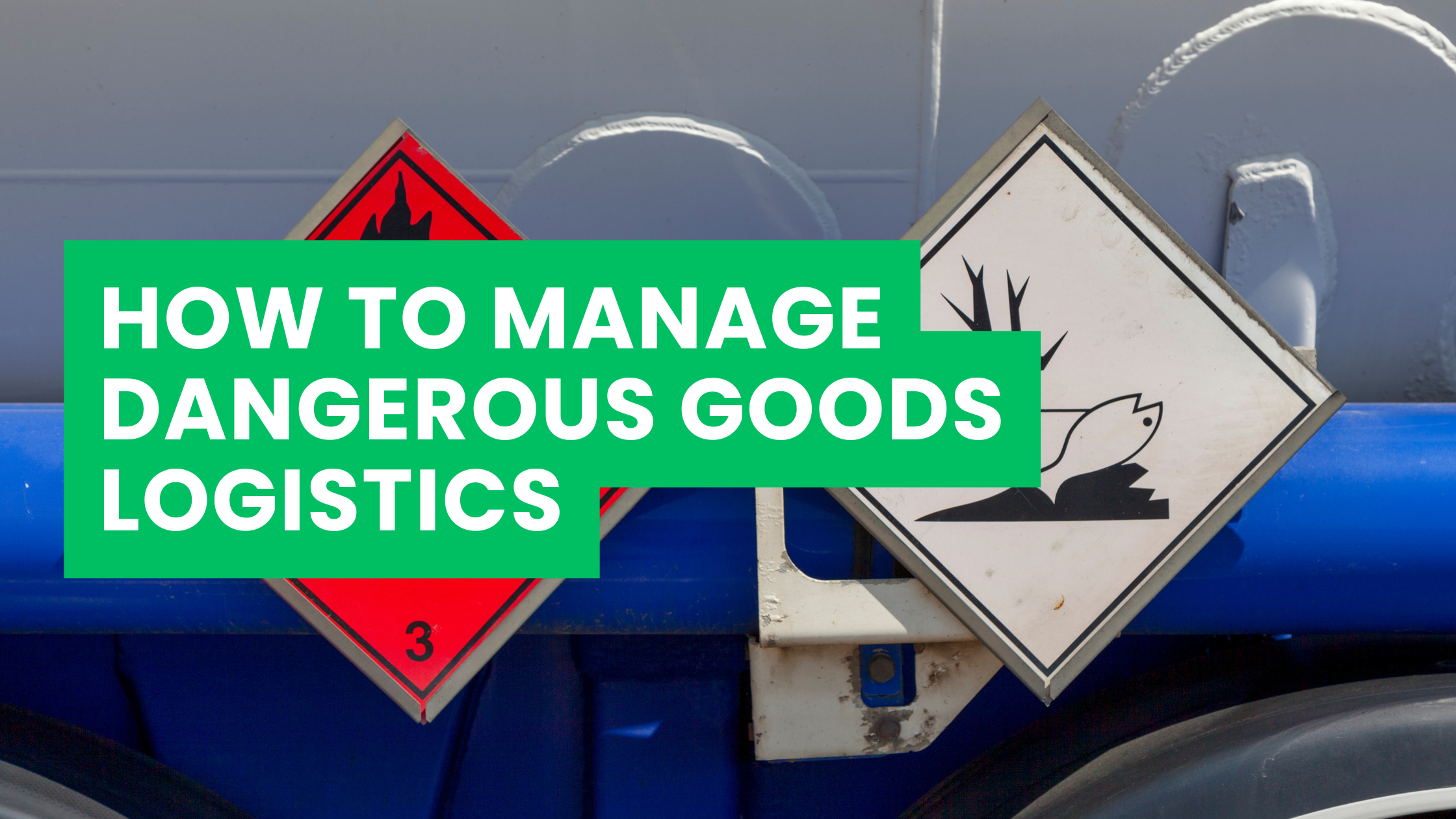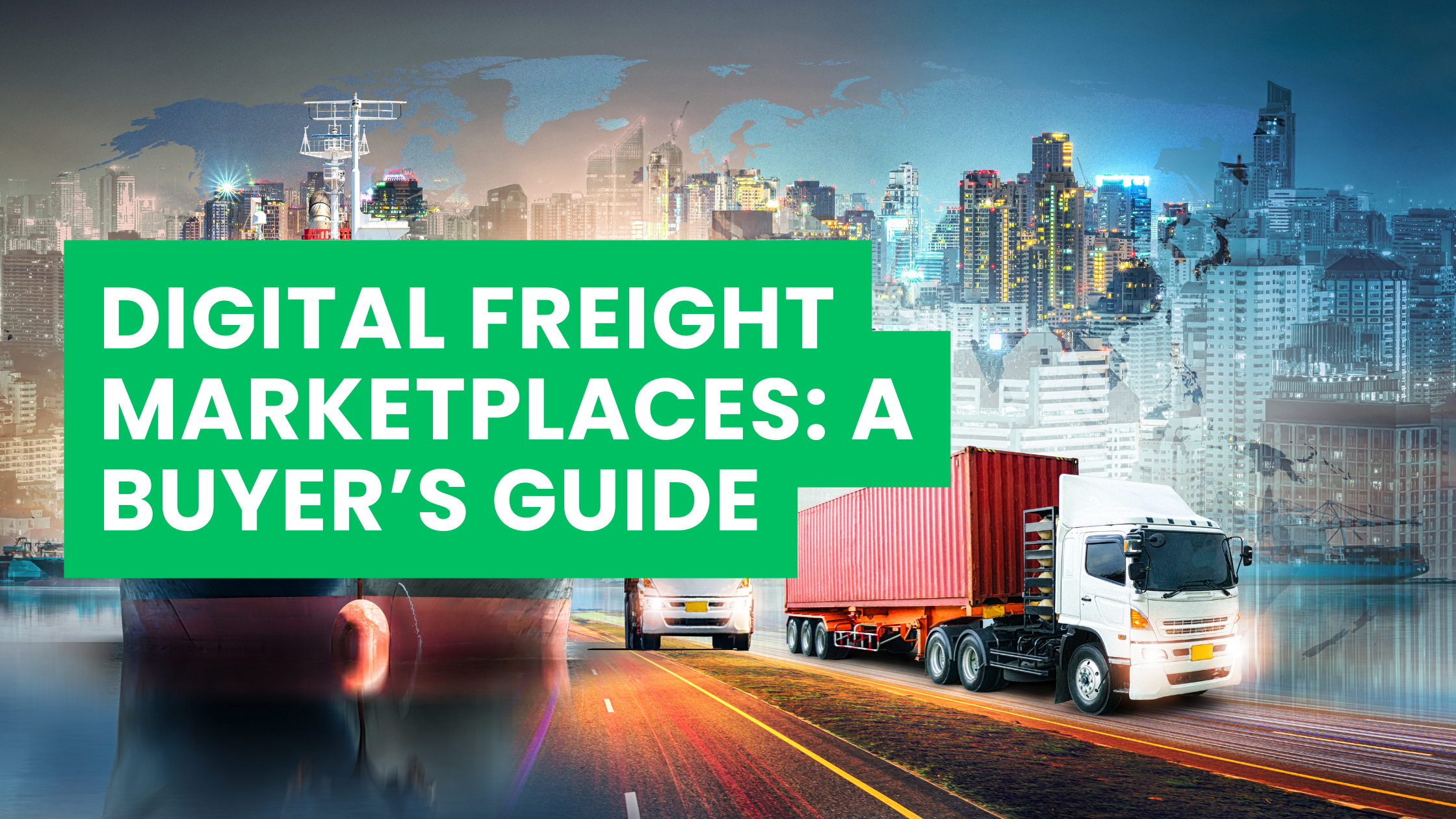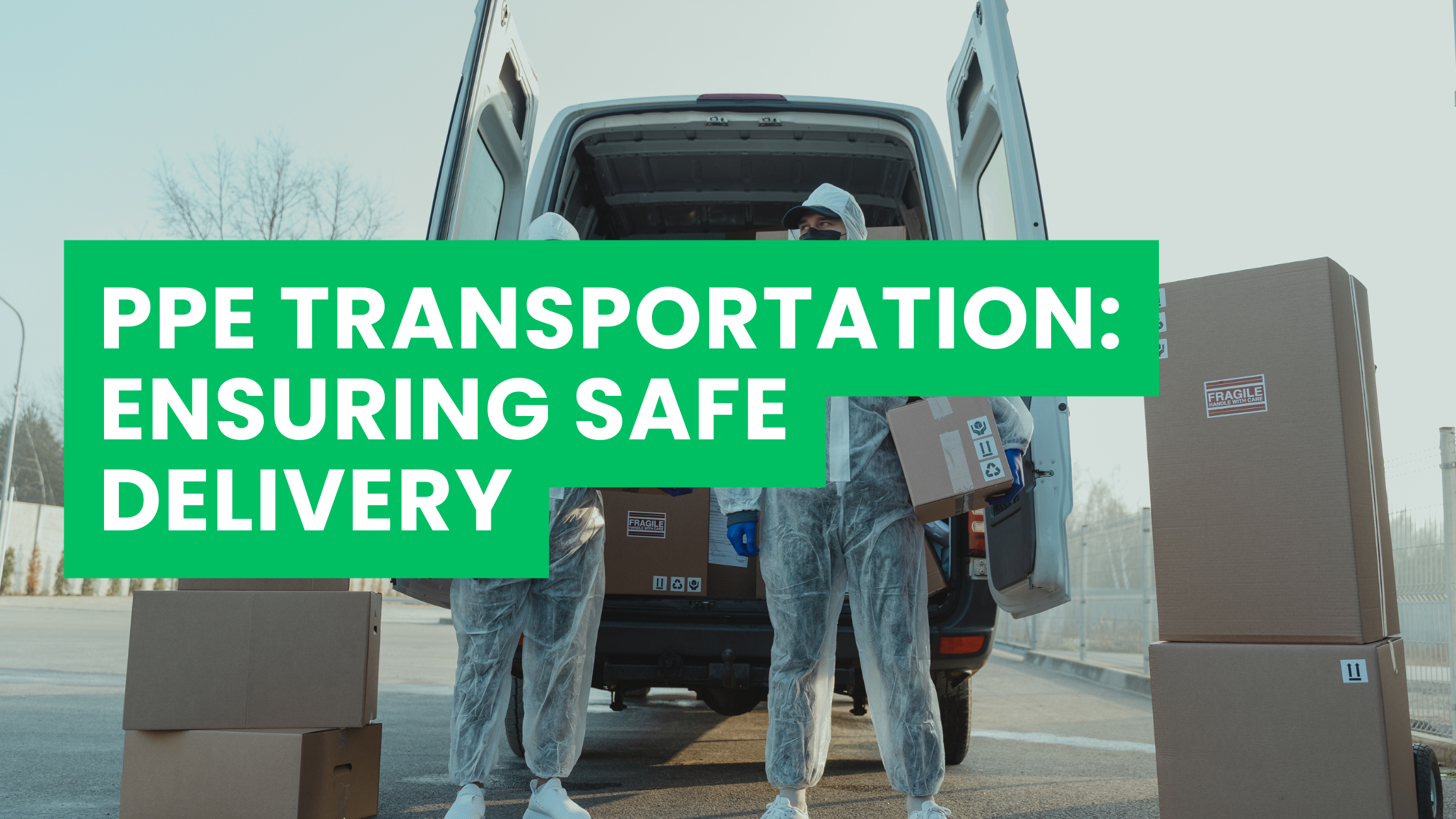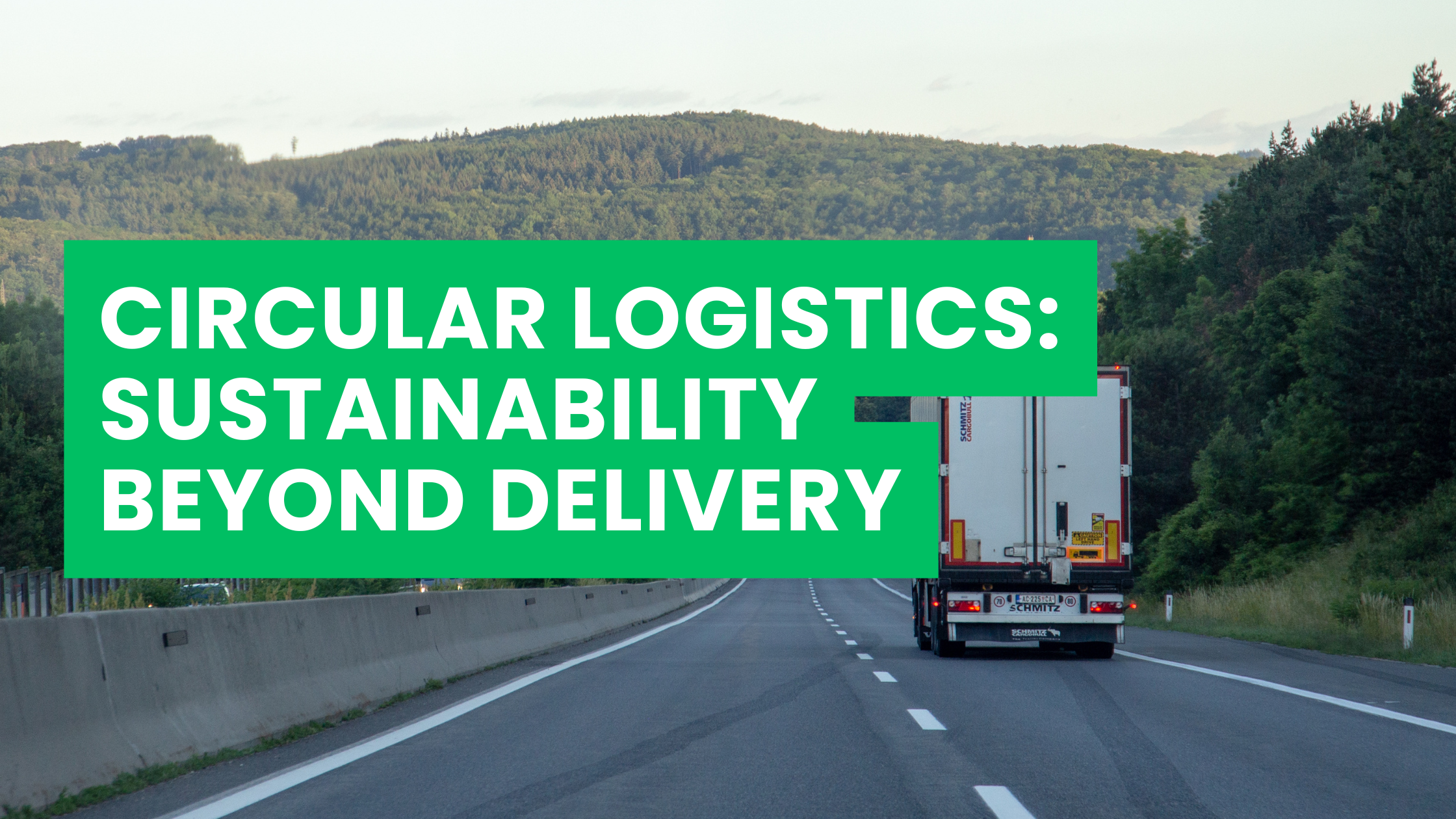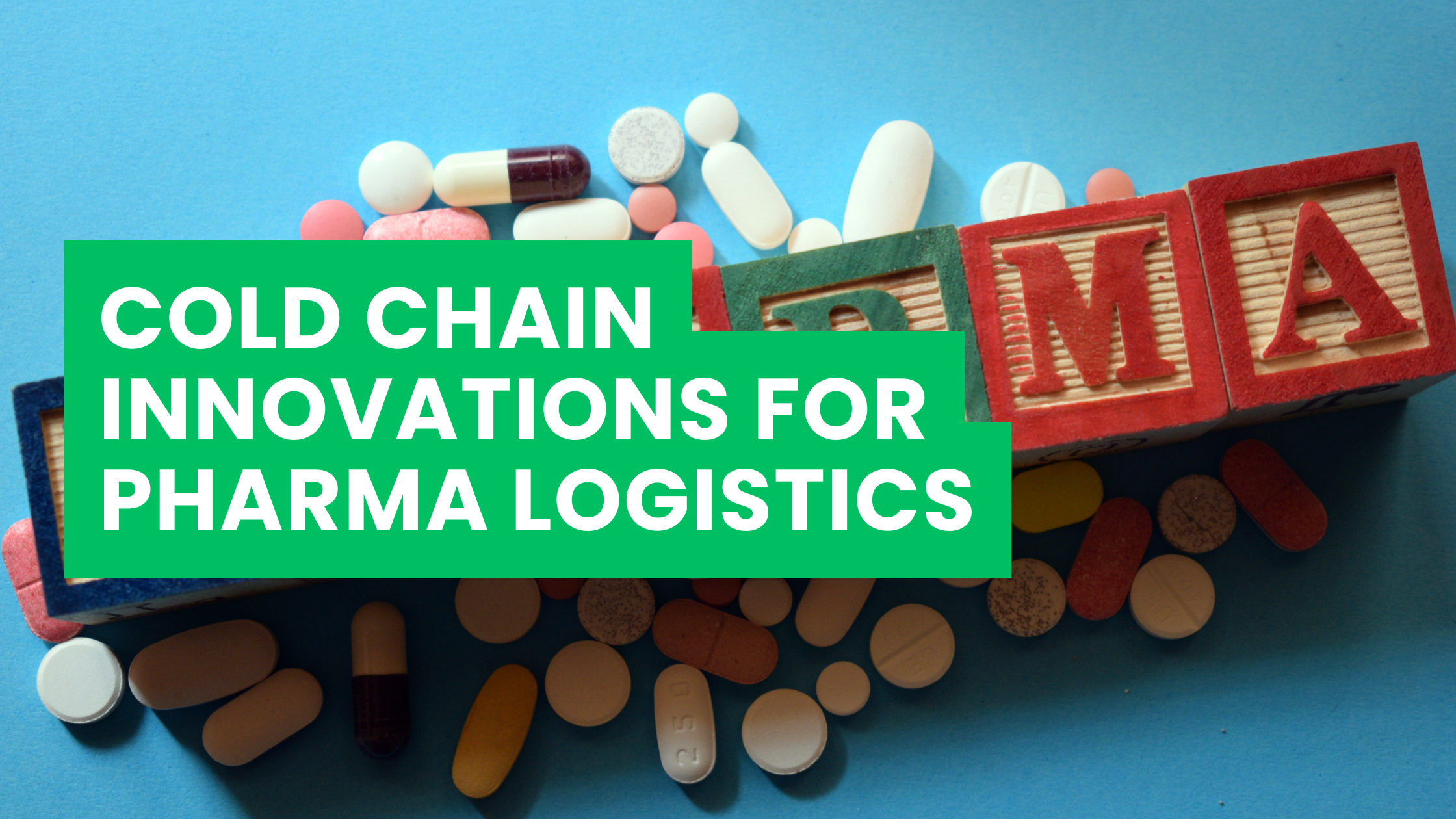Introduction
Dangerous goods logistics is one of the most complex and high-stakes aspects of the supply chain. Unlike ordinary cargo, hazardous materials carry inherent risks—ranging from flammability and toxicity to environmental hazards—that demand strict adherence to international regulations, specialized handling, and robust safety protocols. For companies operating globally, the challenge is not only ensuring compliance but also guaranteeing that shipments arrive on time, intact, and without risk to people, property, or the environment.
At ASL International, we understand that managing dangerous goods requires a combination of technical expertise, compliance knowledge, and operational precision. This blog explores the essential strategies, challenges, and solutions for managing dangerous goods logistics in a global context.
What Are Dangerous Goods?
Dangerous goods (DG) are items or substances that, when transported, pose risks to health, safety, property, or the environment. They are classified under international standards such as:
- UN Recommendations on the Transport of Dangerous Goods (the “Orange Book”)
- ICAO Technical Instructions (for air transport)
- IMDG Code (for maritime transport)
- ADR (for road transport in Europe)
Common categories include:
- Explosives (fireworks, ammunition)
- Flammable liquids (fuels, solvents, alcohols)
- Flammable solids (matches, magnesium)
- Oxidizers and organic peroxides (bleaches, hydrogen peroxide)
- Toxic and infectious substances (pesticides, medical waste)
- Radioactive materials
- Corrosives (acids, alkalis, batteries)
- Miscellaneous dangerous goods (dry ice, magnetized materials)
Correct classification is the foundation of safe and compliant transport.
Key Challenges in Dangerous Goods Logistics
1. Complex Regulatory Frameworks
Every mode of transport has its own regulations, and these rules differ across regions. A shipment compliant in Europe may require additional permits or packaging adjustments when entering Asia or Africa.
2. Safety Risks
Accidents involving hazardous cargo can have catastrophic consequences—fires, spills, contamination, or explosions. The reputational and financial damage to companies is immense.
3. Documentation Burden
Dangerous goods require detailed documentation:
- Safety Data Sheets (SDS)
- Dangerous Goods Declarations (DGD)
- Packaging certificates
Errors in paperwork are one of the leading causes of shipment delays and fines.
4. Specialized Handling and Packaging
Improper packaging or labeling is a common compliance failure. DG must be packaged in UN-certified containers, correctly labeled with hazard classes, and handled by trained personnel.
5. Cost and Insurance
Dangerous goods logistics is more expensive than standard freight due to the need for specialized packaging, staff training, and higher insurance premiums.
Best Practices for Managing Dangerous Goods Logistics
1. Accurate Classification and Labeling
- Use UN numbers and hazard classes to correctly identify goods.
- Ensure packaging displays proper hazard labels and handling marks.
- Mislabeling leads to rejections, fines, and shipment delays.
2. Robust Documentation Process
- Maintain up-to-date Safety Data Sheets (SDS).
- Prepare Dangerous Goods Declarations in line with IATA/IMDG standards.
- Implement a digital documentation system to reduce errors.
3. Specialized Packaging Solutions
- Use UN-approved containers designed to withstand shocks, leaks, and temperature variations.
- For air freight, packaging must comply with IATA Dangerous Goods Regulations (DGR).
- Employ secondary containment for liquids to prevent spills.
4. Staff Training and Certification
- All staff involved in handling, packaging, or transporting DG must undergo certified training.
- Training should cover hazard awareness, emergency response, and documentation requirements.
- Refresher courses ensure compliance with updated regulations.
5. Choosing the Right Transport Mode
- Air freight: fastest but highly restrictive for DG.
- Ocean freight: cost-effective for bulk shipments, but slower.
- Road and rail: flexible but subject to regional ADR and RID rules.
Careful mode selection balances compliance, cost, and delivery timelines.
6. Emergency Preparedness and Risk Management
- Equip vehicles and storage facilities with spill kits, fire extinguishers, and protective equipment.
- Develop incident response plans and conduct regular drills.
- Ensure insurance coverage is adequate for DG cargo.
7. Partnering with an Expert Logistics Provider
A reliable partner like ASL International ensures:
- End-to-end compliance with global DG regulations.
- Access to certified warehouses and handling facilities.
- Multimodal transport solutions tailored to cargo type.
- Real-time tracking and monitoring for high-risk shipments.
Dangerous Goods by Transport Mode
Air Transport
The IATA Dangerous Goods Regulations (DGR) govern DG shipments by air.
Key requirements:
- Strict packaging standards due to pressure and temperature changes.
- Lithium batteries face special restrictions and often need separate declarations.
- Carriers may impose additional rules beyond IATA.
Ocean Transport
The International Maritime Dangerous Goods (IMDG) Code governs sea freight.
- Large volumes can be shipped cost-effectively.
- Segregation rules prevent incompatible substances from being stored together.
- Ports require pre-advice and advance documentation.
Road Transport
The ADR (European Agreement Concerning the International Carriage of Dangerous Goods by Road) applies in Europe.
- Vehicles must carry hazard plates, safety equipment, and trained drivers.
- Regional laws outside Europe (e.g., GCC or Africa) often align with ADR but may include local permits.
Rail Transport
The RID (Regulations Concerning the International Carriage of Dangerous Goods by Rail) covers Europe.
- Rail is efficient for bulk shipments across landlocked regions.
- Requires specialized wagons and terminal handling procedures.
Technology in Dangerous Goods Logistics
Technology is transforming how DG logistics is managed:
- IoT Sensors: Monitor temperature, humidity, and shock during transit.
- Blockchain: Ensures tamper-proof documentation and regulatory compliance.
- AI & Predictive Analytics: Identify risks and optimize routes for DG shipments.
- Digital Twins: Simulate emergency scenarios to improve preparedness.
Compliance Failures: Real-World Consequences
- Case 1: Lithium Battery Fires – Several airlines banned bulk shipments of lithium-ion batteries after in-flight fires.
- Case 2: Chemical Spills – A European logistics provider faced multimillion-dollar fines after misdeclared chemicals leaked in port storage.
- Case 3: Port Delays – Improper DG labeling led to shipment rejection and weeks of delays in Asian ports.
Each of these incidents highlights why proactive compliance and risk management are non-negotiable.
How ASL International Adds Value
At ASL International, we provide:
- Compliance Expertise: Our teams stay updated on IATA, IMDG, ADR, and RID rules.
- Custom Packaging Solutions: UN-certified packaging tailored to cargo type.
- Global Reach: A trusted network of carriers, warehouses, and customs brokers.
- Technology Integration: Real-time visibility, digital documentation, and risk monitoring.
- Fast-Track Clearance: Efficient documentation reduces border delays.
Our goal is to ensure that your dangerous goods shipments move seamlessly across borders—safely, securely, and on schedule.
Future Trends in Dangerous Goods Logistics
- Stricter Environmental Regulations – Green logistics initiatives will push for eco-friendly packaging and reduced emissions.
- Increased Lithium Battery Transport – With EV growth, demand for compliant lithium battery logistics will surge.
- AI-Driven Compliance Systems – Automated checks will reduce human error in documentation and labeling.
- Integrated Risk Management – Companies will prioritize real-time risk visibility across multimodal routes.
Conclusion
Managing dangerous goods logistics is far more than a compliance exercise—it’s about protecting lives, safeguarding the environment, and ensuring the resilience of global supply chains. From classification and packaging to multimodal transport and emergency preparedness, every step demands precision.
ASL International brings the expertise, infrastructure, and global network needed to handle dangerous goods with confidence. By combining regulatory compliance, cutting-edge technology, and a commitment to safety, we ensure that your hazardous cargo reaches its destination safely and on time.
If your business requires reliable solutions for dangerous goods logistics, partner with ASL International—where safety meets efficiency.
